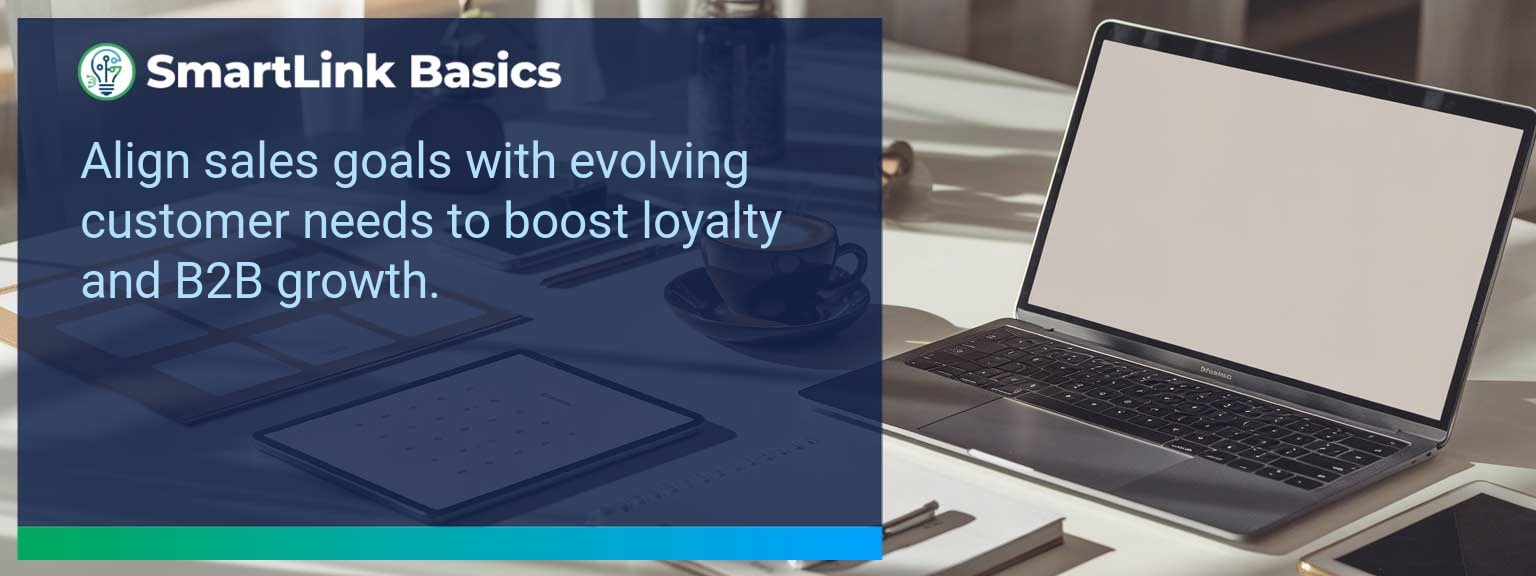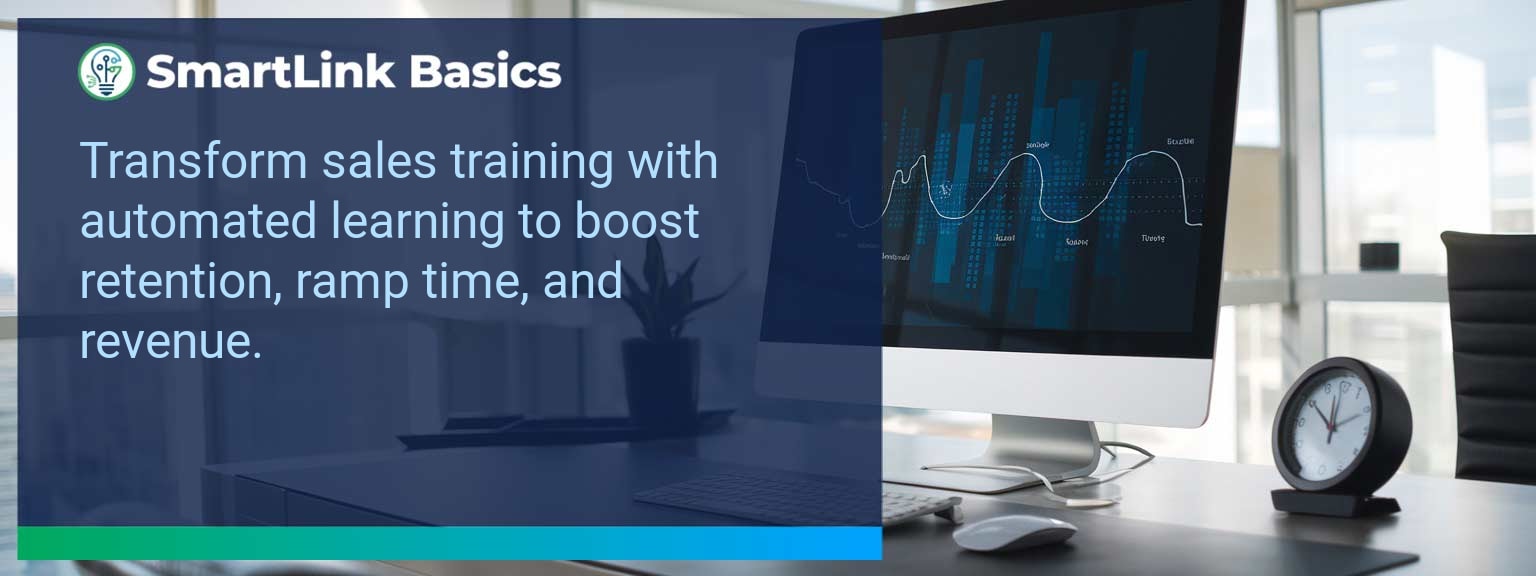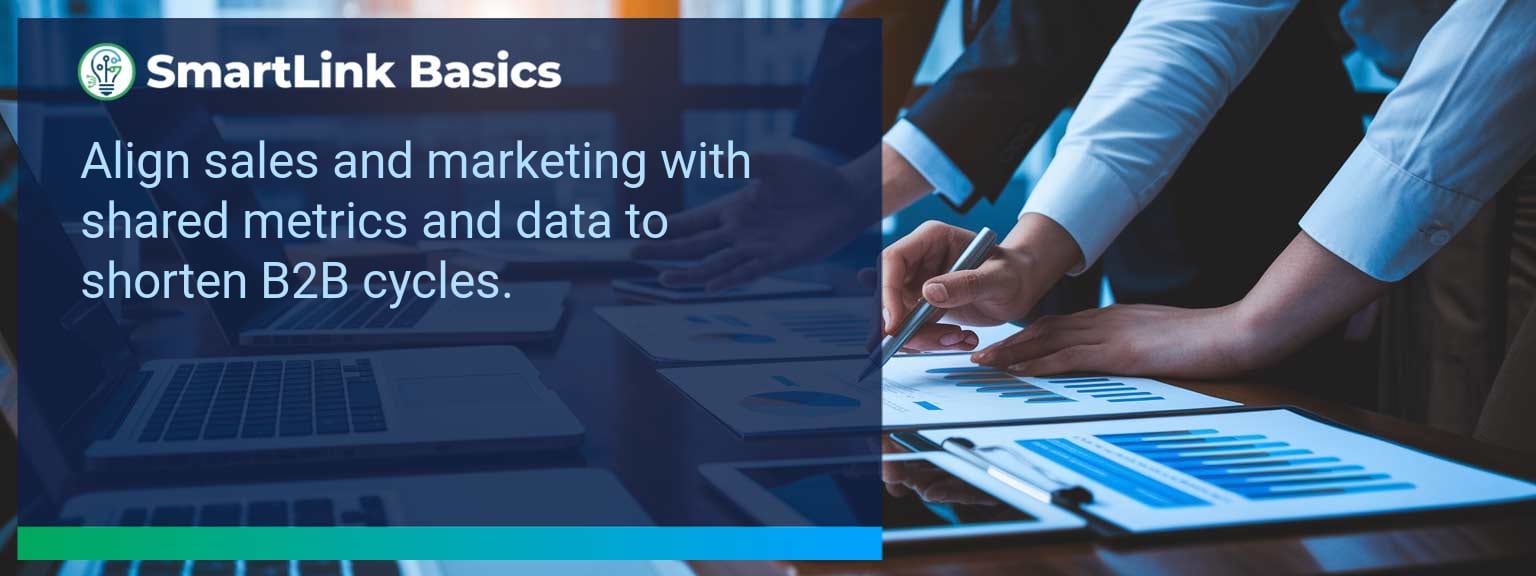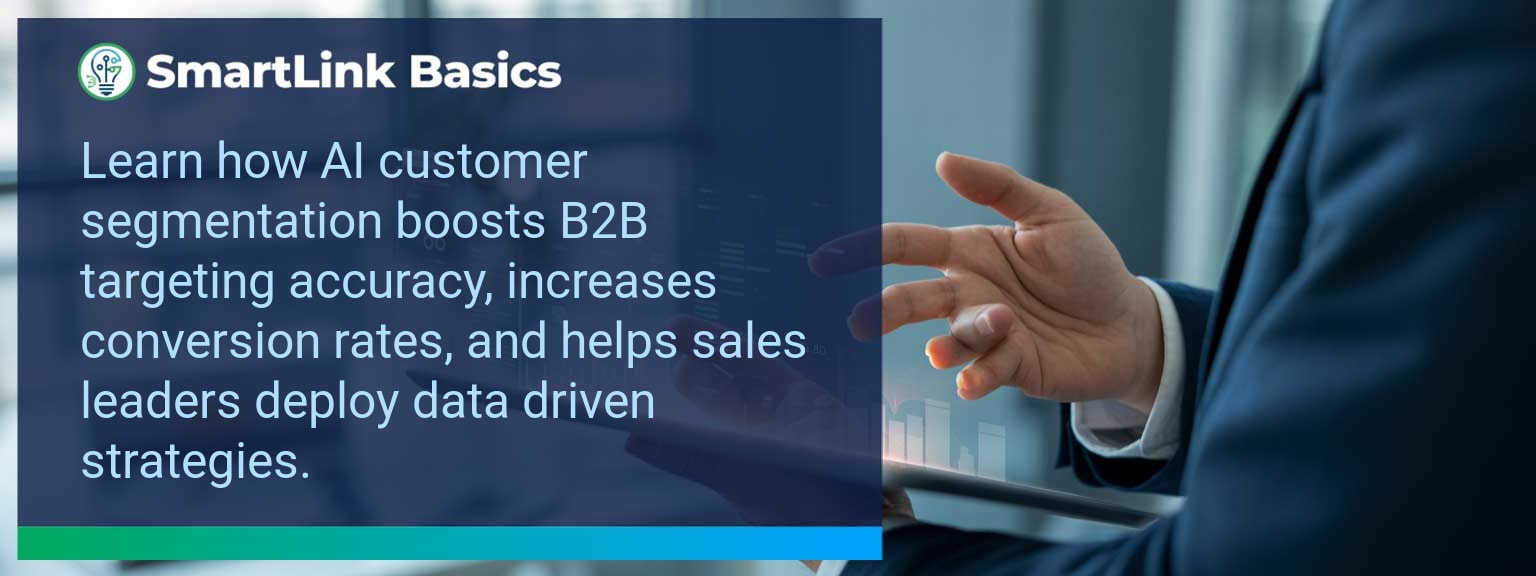Buyers now expect seamless, data-informed interactions that reflect their priorities instead of generic sales pitches. For sales leaders, this shift demands more than incremental process improvement—it calls for a full redefinition of what success looks like. At SmartLink Basics, our research shows that aligning sales objectives with evolving customer expectations separates high-growth teams from those merely surviving the market cycle. This article helps leaders understand the mechanics of Aligning Sales Objectives, use actionable frameworks, and apply AI-enabled insights to create measurable alignment between team behavior and customer value.
- Evolving customer expectations require real-time adaptation in sales strategy.
- Data-driven insights and automation tools increase precision and relevance.
- Aligning sales objectives enhances customer retention and trust.
- Integrated sales-marketing execution builds long-term revenue resilience.
- Continuous enablement ensures team agility and market readiness.
Understanding Why Aligning Sales Objectives Matters Now
Modern customers operate with access to abundant data and peer benchmarks, so value perception forms early and changes fast. Aligning Sales Objectives to those evolving expectations means matching internal goals with customer-defined success. Businesses that fail to link their key performance indicators to buyer impact metrics face stagnant pipelines and eroding loyalty. As customer-centric selling becomes the norm, successful teams are using real-time analytics to identify unmet needs and build loyalty loops.
Companies adopting integrated customer feedback systems and predictive modeling now see measurable improvements in conversion efficiency and deal velocity. The message is clear: sales objectives that evolve with customer behavior drive sustainable growth.
Redesigning The Revenue Operating System Using Aligning Sales Objectives
Revamping a sales organization around evolving customer expectations begins by making Aligning Sales Objectives the foundation for every operating system design decision. That redesign starts with four connected areas: segmentation, pipeline architecture, messaging, and cadence. Each piece must link revenue goals with outcomes that customers recognize as progress.
ICP, Segmentation, and Targeting: Begin by redefining your ideal customer profile using behavioral and intent data. AI-based scoring tools can identify accounts where your solution drives measurable impact, improving pursuit efficiency and pipeline integrity.
Pipeline Architecture: Map pipeline stages to customer decision points rather than internal sales steps. This structure prevents misalignment between forecast confidence and customer engagement reality.
Plays and Messaging: Equip teams with dynamic, data-backed messaging frameworks that evolve alongside analytics. Personalized plays built from customer interaction data outperform static scripts in conversion quality.
Operating Cadence: Regular alignment meetings and win-loss reviews ensure feedback flows back into enablement. Over time, this adaptive rhythm keeps objectives, activity, and outcomes synced around value creation.
Identifying Gaps Between Sales Goals And Customer Needs
Sales misalignment emerges when revenue targets ignore what customers prioritize. Many teams still measure activity volume instead of value impact. Identifying these gaps begins with mapping existing goals against voice-of-customer data. Survey patterns, engagement metrics, and onboarding satisfaction can expose the mismatch between how value is delivered and how it’s recognized.
Analytical dashboards that visualize cross-functional data—marketing campaigns, usage analytics, service tickets—help leaders see where expectations diverge. Addressing this proactively allows sales teams to shift toward solution relevance instead of quota preservation.
Strategies To Align Sales Objectives With Modern Buyers
To succeed with today’s informed buyers, priorities must evolve from transactional closure to long-term partnership. Alignment starts by embedding data-driven insights into pipeline planning. Unified CRM and automation tools create seamless information flow between teams and illuminate real buying behavior.
Sales and marketing collaboration ensures consistent messaging and clear value communication. Structured enablement that promotes empathy, listening, and consultancy drives more consistent conversions and customer advocacy. These strategies improve retention and turn every deal into a loyalty multiplier.
Measuring Success Through Alignment And Customer Loyalty
Success in sales alignment extends beyond short-term revenue results. It depends on measurable customer trust, repeat engagement, and advocacy rates. Leading organizations track customer alignment scores, post-sale satisfaction trends, and renewal behaviors as core dashboard elements.
These signals provide early indicators of long-term performance. When revenue goals, customer outcomes, and behavior patterns converge, retention improves and acquisition costs drop. The following “Metrics That Matter” table provides a framework to monitor progress effectively.
| Category | Metric | Definition | Target |
|---|---|---|---|
| Leading | Customer Alignment Score | % of deals aligned with defined customer success metrics | 85%+ |
| Leading | Pipeline Quality Index | Ratio of qualified to total opportunities based on ICP match | 70%+ |
| Lagging | Renewal Rate | % of customers renewing within contract period | 90%+ |
| Lagging | Customer Lifetime Value Growth | Year-over-year increase in average customer value | +20% YoY |
| Quality | Customer Experience Rating | Average satisfaction rating across sales journey stages | 4.6+/5 |
| Quality | Win-Loss Feedback Adoption Rate | % of lessons from post-deal analysis applied to new plays | 75%+ |
Embracing Innovation For Continuous Sales Evolution
As automation tools, AI-driven platforms, and adaptive analytics mature, continuous evolution becomes the most sustainable advantage. Leaders integrating AI-driven sales enablement resources from SmartLink Basics accelerate transformation and keep frontline teams relevant. Unified data ecosystems now allow teams to personalize outreach at scale while freeing time for consultative selling.
Innovation demands consistent upskilling, streamlined workflows, and measurable accountability. Every tool adopted should serve the core goal: tighter Aligning Sales Objectives with expectations that customers recognize and reward.
Get the 90-day plan, coaching rubric, and dashboard template to operationalize AI in your enablement program.
Sales Alignment As A Catalyst For Long-Term Growth
Aligning sales objectives with evolving customer expectations defines how modern leaders sustain relevance. This strategy demands measurable alignment between team actions, technology adoption, and customer outcomes. To remain adaptable, sales organizations must continuously recalibrate goals using AI-driven sales enablement resources from SmartLink Basics and data-driven insights that keep them in sync with buyer evolution. Start optimizing your alignment cycle today to turn intelligence into predictable growth.









